Blogging About Flags...
New England Flag History
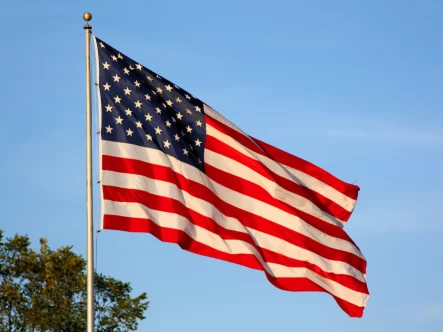
Why ‘Made In The USA’ Matters For American Flags
Buying Nylon Printed Flags that are Made in America directly supports local economies. When you buy a USA Flag made in the country, you support American workers and their families. This boost keeps jobs. It also helps local manufacturing grow.
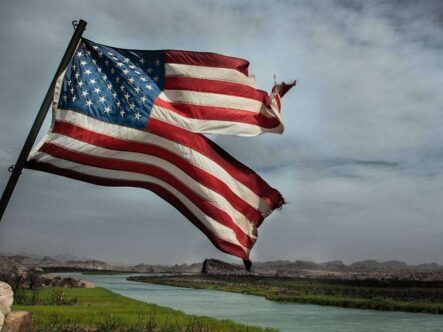
Etiquettes To Dispose Of The American Flag
Retiring An American Flag With Respect When respecting the American Flag, knowing how to dispose of it properly is crucial. Whether you have an old flag worn out or damaged or want to retire it with honor, understanding the proper protocol is essential. In this guide, we will explore retiring an American flag. We will […]
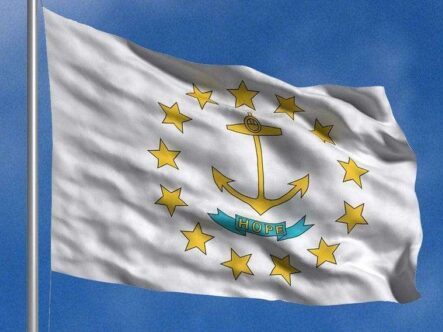
Flag of Rhode Island
The present flag of the state of Rhode Island was formally adopted in 1897. As early as the 1640s, the anchor and "hope" were found on the Rhode Island Seal, and the seal's words and emblems were likely inspired by the biblical phrase "hope we have as an anchor of the soul,"
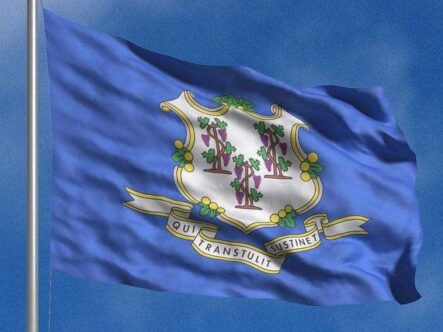
Flag History of Connecticut
The design of the Connecticut State Flag comes from the seal of Saybrook Colony, designed by George Fenwick when it was established in 1639. That seal depicted 15 grapevines and a hand in the upper left corner with a scroll reading "Sustinet qui transtulit".
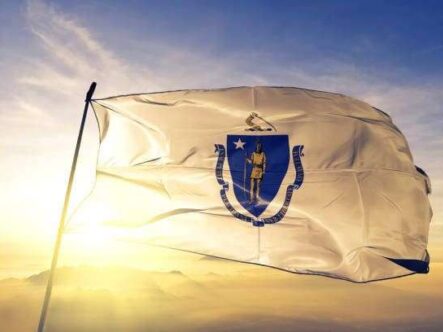
Flag History of Massachusetts
The flag of the Commonwealth of Massachusetts is the flag of Massachusetts. It has been represented by official but limited-purpose flags since 1676, though until 1908 it had no state flag per se to represent its government.
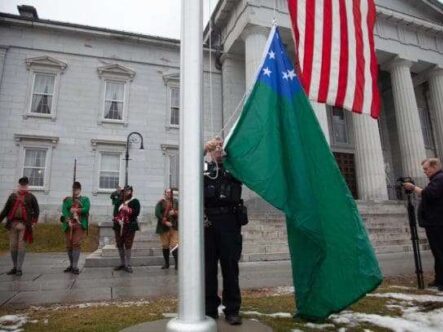
Flag History of Vermont
There is no extant record of a design for an official Vermont flag prior to 1804, although Ira Allen's design—common to both the Great Seal of Vermont and the coat of arms of Vermont—dates to 1778.
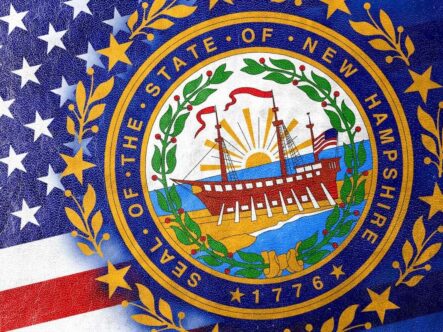
Flag History of New Hampshire
The seal of New Hampshire was adopted in 1784 following the Revolutionary War. On December 28, 1792, a regulation was adopted by the legislature that required regiments in the state militia to carry the national flag and regimental colors displaying the state seal.
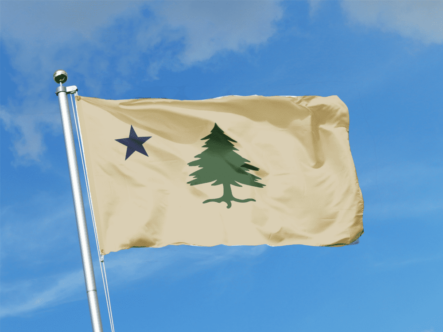
Flag History of Maine
Until 1820 Maine was a district of Massachusetts, and its early symbols were based on that connection. The pine tree emblem that had been adopted for the Massachusetts naval flag in April 1776 was prominently featured in the coat of arms of Maine when it became a state.
World of Flags USA
190 Ammo Industrial Park
Bangor, Maine 04401 Tel: 207.262.8275
info@flagpatriots.com
Read our Privacy Policy Page.
Copyright© 2024 World of Flags USA, dba Flags for Patriots | All Rights Reserved | Website Constructed and Maintained by Pilgrim Consulting & Design Winterport, Maine

